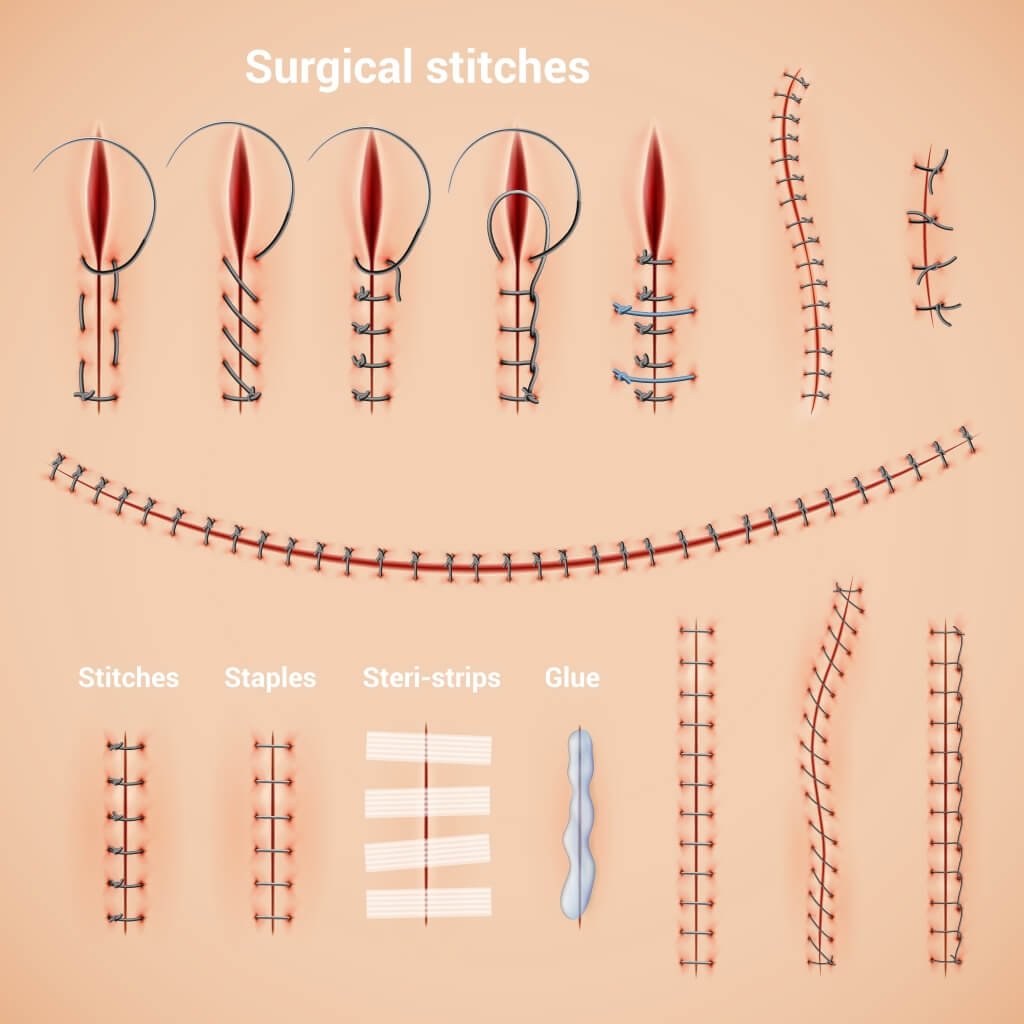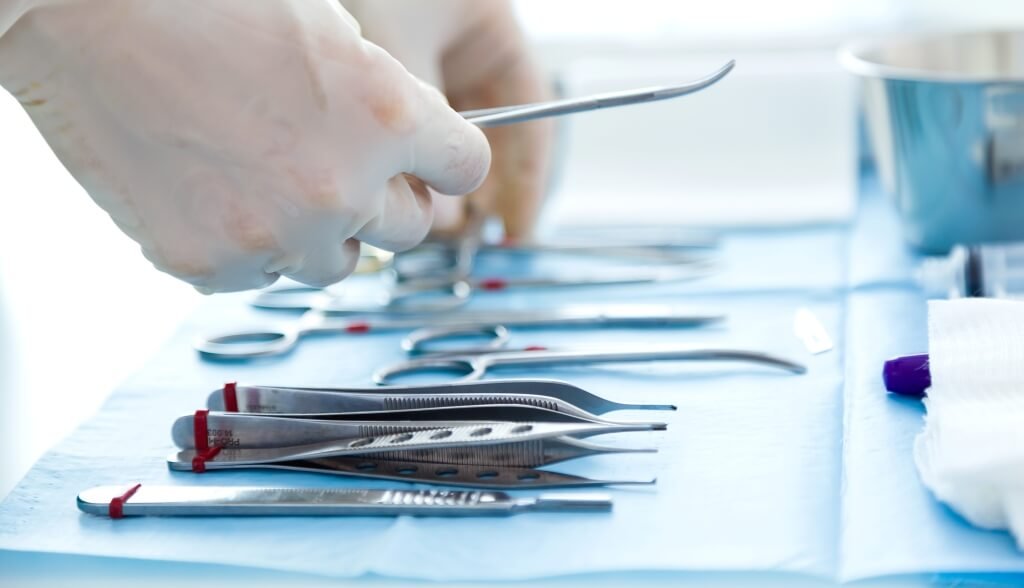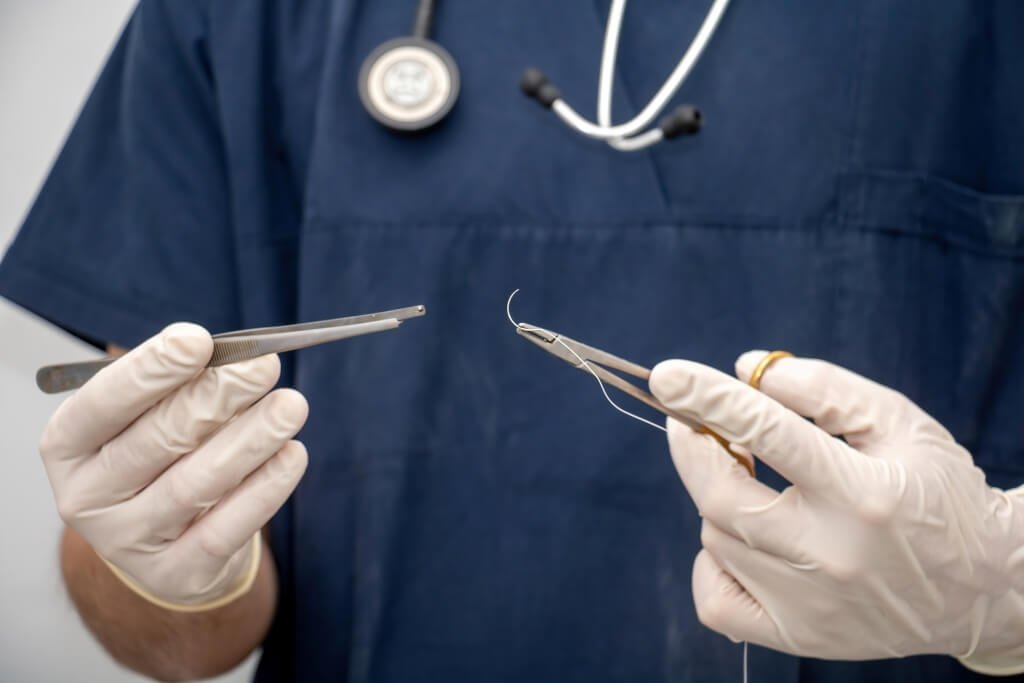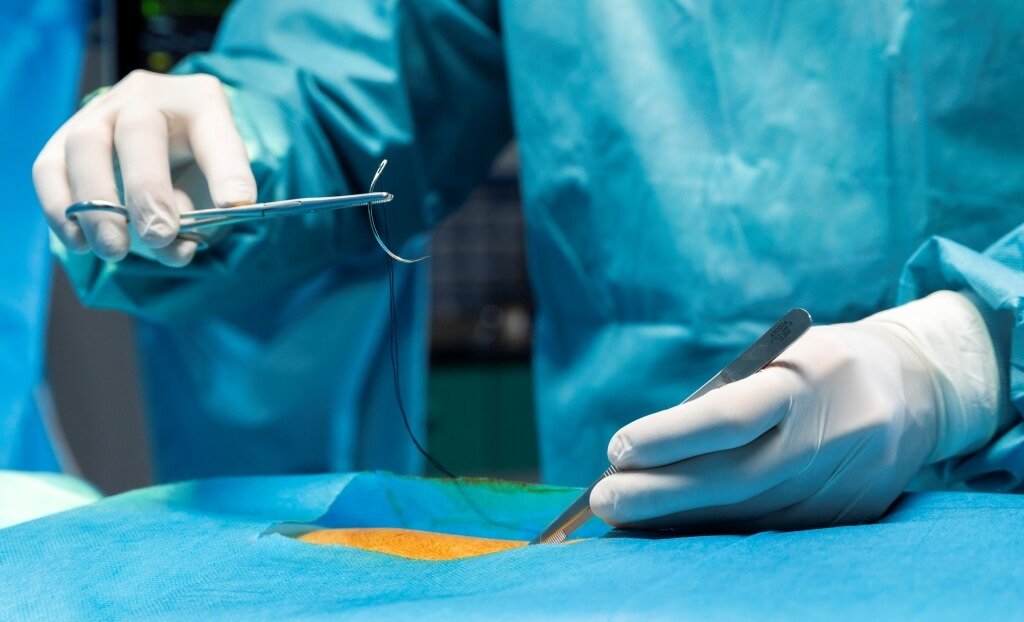
SUTURE: What it is and its importance
Sutures, also known as stitches, are a crucial component of medicine and surgery. They are used to close wounds and incisions, which allows the body to heal and recover. Understanding sutures is important not only for medical professionals but also for individuals who may require stitches at some point in their lives. However, choosing the right type of suture for a specific surgical procedure necessitates a more in-depth understanding of suture properties and placement techniques. In this article, we will discuss the importance of understanding sutures and their properties, as well as how choosing the right type of suture can have a significant impact on patient outcomes.
What is the importance of sutures?
Sutures are used to close wounds and incisions, which allows the body to heal and recover. When a wound is left open, it is vulnerable to infection, and the healing process can take much longer. Sutures provide a way to bring the edges of the wound together, which helps the wound to heal more quickly and effectively.
Sutures are also used to control bleeding. When a blood vessel is cut, sutures can be used to close the vessel and stop the bleeding. This is especially important in surgeries where large blood vessels are cut.
What are the types of sutures?
There are many different types of sutures, each with its own unique properties and uses. They are available in a variety of materials, including silk, nylon, catgut, polyglactin and polypropylene, and come in absorbable and non-absorbable varieties. Because the properties of each type of suture differ, it is critical to understand which type of suture is best for each surgical procedure.

Some of the most common types of sutures include:
Absorbable sutures
Absorbable sutures are designed to break down and be absorbed by the body over time. They are typically made from materials such as catgut, polyglactin, or polyglycolic acid. These sutures are often used for internal wounds, such as those found in the digestive system or uterus. Absorbable sutures are usually absorbed within 2-3 months, although some may take up to 6 months to dissolve completely.
Non-absorbable sutures
A non-absorbable suture is designed to remain in the body indefinitely. They are typically made from materials such as nylon or polypropylene. These sutures are often used for external wounds, such as those found on the skin. Non-absorbable sutures are usually removed by a healthcare provider after the wound has healed.

Monofilament sutures
Monofilament sutures are made from a single strand of material, such as nylon or polypropylene. They are smooth and easy to handle, which makes them ideal for use in delicate tissues. However, they can be more difficult to tie than other types of sutures.
Multifilament sutures
Multifilament sutures are made from multiple strands of material, such as silk or polyester. They are stronger than monofilament sutures, but they can be more difficult to handle and may cause more tissue reactions.
Barbed sutures
Barbed sutures have small, protruding barbs along the length of the suture. These barbs grip the tissue, which eliminates the need for knots. Barbed sutures are typically used in procedures where a knot could cause damage to delicate tissue.
Tape sutures
Tape sutures are made from adhesive tape and are used to close small wounds. They are quick and easy to apply, but they may not be as strong as other types of sutures.
Suture material selection is also influenced by the patient’s medical history, allergies, and the type of tissue being sutured. Silk sutures, for example, are commonly used in vascular surgery due to their pliability and strength, whereas absorbable gut sutures are commonly used in oral surgeries.
How Sutures are Used?
Sutures are used in a variety of medical procedures, including surgeries, wound closures, and biopsies. The use of sutures depends on the type of procedure and the location of the wound.
In surgeries, sutures are used to close incisions made by the surgeon. The type of suture used depends on the location of the incision and the type of tissue being stitched together. In some cases, dissolvable sutures may be used, which eliminates the need for a follow-up visit to remove the sutures.
Sutures are typically removed after a certain period of time, depending on the location and size of the wound, and the type of suture used. This is done to prevent scarring and promote healing.
In addition to closing wounds and incisions, sutures can also be used to repair damaged tissues, such as torn muscles or ligaments. This is known as suturing of internal tissues and is often done using special types of sutures called absorbable sutures that gradually dissolve over time.
Overall, sutures are an important tool in modern medicine, helping to close wounds and promote healing, both inside and outside the body.

Importance of Suture placements
Suture placement is just as important as choosing the right type of suture. It is a crucial aspect of wound closure, both in surgical and non-surgical settings. Sutures are used to hold together the edges of a wound or incision until the tissue has healed sufficiently to support its own weight. This allows for faster healing and reduces the risk of complications such as infection, scarring, and dehiscence
The placement of sutures is a delicate procedure that requires precision and careful attention to detail. The first step is to clean the wound and surrounding area thoroughly to reduce the risk of infection. The edges of the wound are then brought together using forceps, and the needle is threaded with the appropriate suture material.
The needle is then carefully inserted through the skin on one side of the wound, passed through the underlying tissue, and brought out through the skin on the other side of the wound. The thread is pulled through, bringing the edges of the wound together. This process is repeated along the length of the wound until it is fully closed.
Once the sutures are in place, they are tied off and trimmed to the appropriate length. The wound is then covered with a sterile dressing to protect it from further injury and promote healing.
Suture placement is a crucial skill for many medical professionals, including surgeons, emergency room doctors, and primary care physicians. Proper suture placement can help prevent infection, reduce scarring, and promote faster healing. However, if sutures are not placed correctly, they can lead to complications such as infection, scarring, or reopening of the wound.

Conclusion
In conclusion, sutures have been used for thousands of years to aid in wound healing and closure. The development of modern sutures has significantly improved patient outcomes and decreased the risk of infection. The choice of suture material should be based on the specific characteristics of the wound being treated, such as tissue type, location, and tension.
Additionally, proper technique and handling of sutures are crucial to minimize complications and ensure optimal healing. Overall, sutures remain an essential tool in the field of medicine and continue to be an area of ongoing research and development.
You May Also Like
The Reconstruction Of Facial Injury – Accident or Assault
Facial reconstruction is a process that involves rebuilding a patient’s facial features that h
An Implant of Choice – A Surgical Innovation
Dental implants are a revolutionary solution for people who have lost one or more teeth. These impla






Leave a Reply